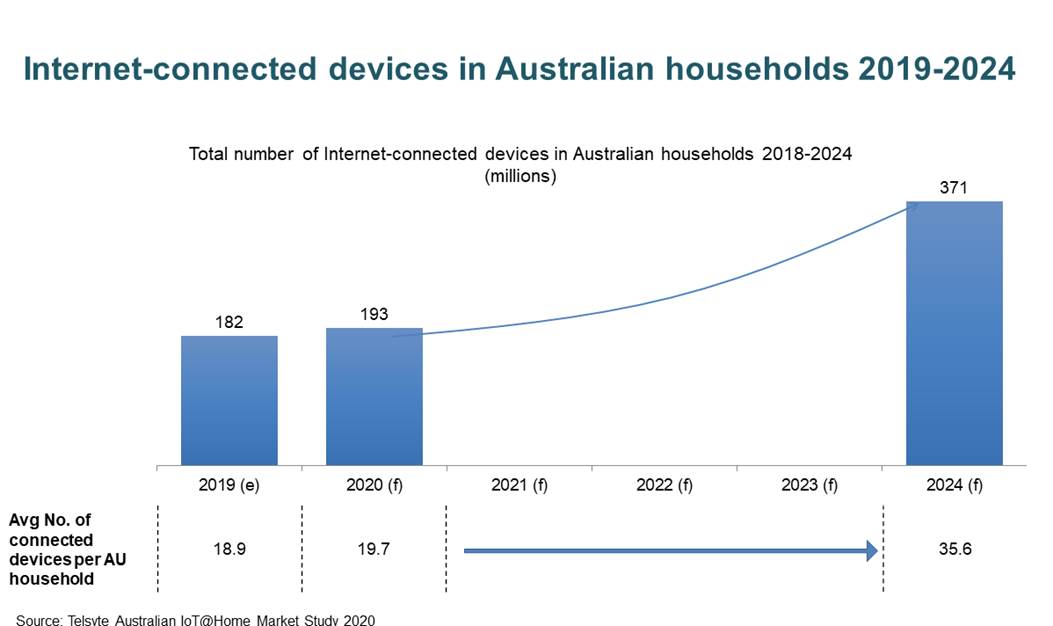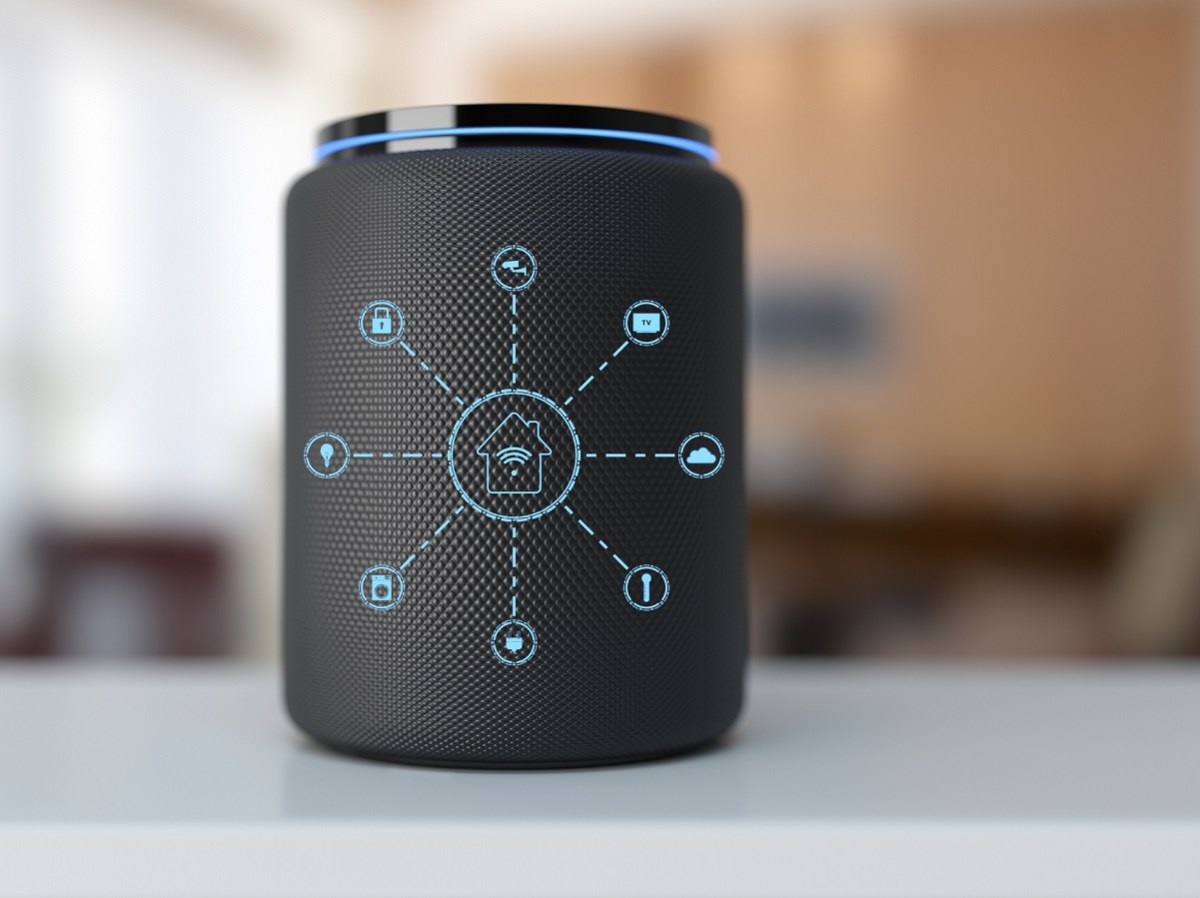The Covid-19 pandemic has sparked a mini-boom in connected devices as more Australians enhance their ‘at-home’ lifestyle, according to a new study by technology analyst firm, Telsyte.
The smart home market is set to grow over 30% according to the Telsyte Australian IoT@Home Market Study 2020, as consumers look to devices and services that can make their homes more secure, energy efficient, save time or save money.
The Australian IoT@home market reached $1.26 billion in 2019 (up 25%) and is forecast to grow to $4.8 billion by 2024. The fastest growing categories in 2019 were video doorbells and locks (up 76%), smart outlets (up 42%), smart garden devices (up 40%) and smart cameras (up 38%). Additionally, smart speakers, security lighting, and energy and HVAC sensors are showing strong sales growth too in 2020.
Telsyte’s latest findings found that smart home technology is fast becoming mainstream with 61% of Australian households adopting at least one IoT@Home smart home product at the end of June 2020. The average number of unique devices amongst adopter households has reached seven and is expected to continue to grow as Australians look to modernise their homes. And 36% had made changes to their home to make it more comfortable for living since the pandemic. Furthermore, 38% indicated that they intended to spend more time at home even when social distancing restrictions are eased.
Telsyte believes this puts the IoT@home market in good stead despite the challenges of lower net migration, an economic slowdown and manufacturer supply chain issues. Of those willing to spend on improving their homes, over $2,400 is being budgeted to make the home “smarter”.

According to Telsyte market tracking, the average number of connected devices is set to increase from 18.9 in 2019 to 35.6 by 2024, driven by IoT@Home devices. Telsyte expects half of the average figure will be made up by IoT@Home devices by 2024, with the other made up of non-IoT devices such as smartphones, computers, tablets, smart TVs and other gadgets.
The increasing interest in suburban lifestyle and need for larger spaces for working from home, has also highlighted the importance of technology and connectivity.
Telsyte consumer research showed access to fast NBN internet remained the most important IoT@Home related feature when relocating, either when buying or renting. Other connectivity related features such as having enough power plugs and a Wi-Fi friendly building were ranked in the top three features Australians were looking for when relocating.
Smart speakers remain a critical gateway for the IoT market with 27% of households having at least one at the end of June 2020 and 33% with a smart speaker have more than one. Google and Amazon remain the market leaders with a combined main device share of 78%.
Telsyte managing director, Foad Fadaghi said Australians have increasingly become reliant on technologies since the pandemic. “There is a growing opportunity in smart homes as technology has fast become critical to ordinary Australians.”
There will be more on the Smart Home category in the December issue of Appliance Retailer.

